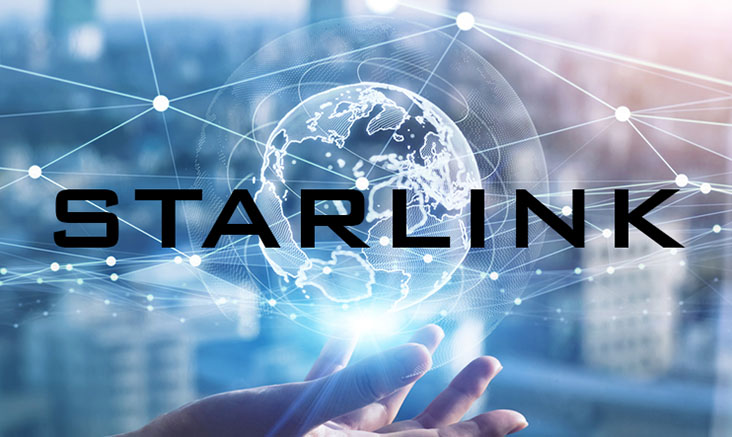“Starlink? What’s that?” … said no one in 2023, ever.
That might be a little bit of an exaggeration but not much of one, is it? The low-earth-orbit internet service has certainly made a mark in the last year. SpaceX has rolled out mobile and marine plans to complement their home plans, and among the well-heeled traveler, interest is growing by the day.
But, I’m going to be the one to tell you this, right now, at the risk of drawing the wrath of Elon:
Starlink isn’t that good for watching TV.
Why would I say such a thing?
As an internet service, Starlink is pretty good. It’s not flawless. It’s pretty good. If you have the option for traditional fiber-based internet at your home, fiber is an easy choice. It’s faster, cheaper, and generally more reliable. It even has a lower cost of entry. For those folks in areas with good 5G coverage, that’s a better choice too. It’s also cheaper and faster than Starlink. To be truly honest, Starlink really only beats the alternatives if the alternatives are DSL or nothing at all.
But, for most of the things you do on the internet, Starlink may as well be as good as those other services. You’ll barely notice that little extra bit of latency. It’s going to give you the same experience when you’re shopping, surfing, or socializing. Those activities don’t require anywhere near the level of internet service that you get from fiber or cellular.
But… TV is a different thing.
There was a time not that long ago when traditional wisdom taught that you couldn’t even do live TV over the internet. It’s hard enough to create a “multicast” where everyone watches the same thing. It’s even harder to manage a complex mix of on-demand and live content where people are free to pause and rewind as well as pull content from different servers at the same time.
Obviously, as we all know, sometime around 2015 the tech giants figured out how to do all of that, because we don’t think anything of it now. If you’re anything like me, you’ll go back and forth between traditional pay TV, antenna, and streaming several times a day without even giving it a moment’s pause. But there are reasons that today’s lifestyle works well. With few exceptions, we all have fast connections with low latency and plenty of capacity. And when you look at Starlink… it doesn’t always live up to that level.
The biggest thing you’ll realize when you’re using one of Starlink’s mobile or marine plans is that they’re metered. That’s right, if you exceed a certain level, you’re going to get charged by the megabyte. That’s a worst-case scenario for streaming video, which is very wasteful of data. You can find yourself paying hundreds of dollars in overages any time you watch for more than a few hours.
Starlink will never be as good as fiber. It’s just physics.
When you stream from home over a traditional fiber connection, you’re connecting over a wire to a data center that’s in your part of the country. Chances are the signal is traveling a few hundred miles, aided by amplifiers that keep it strong. When you connect to Starlink, you’re connecting to multiple satellites zooming overhead at an altitude of about 1,500 miles. The signal strength is weak and the noise level is high. It takes a lot of time and effort to keep that signal working. We may get to the point where we can compensate for those challenges, but they’ll never go away.
Don’t get me wrong. In the middle of the ocean or in the middle of the desert, where Starlink is your only choice, it’s great. But in most case it’s not your only choice.
You need satellite TV to watch things the way you want
Satellite TV is available to everyone in the US with a view of the southern sky. It’s available to ships at sea up to 100 miles off shore. Satellite TV is designed around the idea of video. It’s set up to give you a smooth experience. Satellite TV just works. It’s set up so that you can receive a clean, clear picture and then use a local storage device to buffer it. You get hundreds of channels of live TV without any buffering, without any data caps, and without any problems. You can use Starlink to augment that with on-demand content, but there’s no substitute for live TV.
When you’ve realized that Starlink isn’t designed for television, and you’re ready to talk about a system that is… call the experts! Signal Connect has over 20 years’ experience with live television solutions. We’re DIRECTV’s Commercial Dealer of the Year and a DISH Premier Local Retailer. We’ll lay out the options for you, whether you’re on land, sea, or on the road. And of course, we’ll do it with our legendary customer service.
Call Signal Connect at 888-233-7563 during East Coast business hours. If it’s after hours, no problem! Fill out the form below and we’ll get right back to you!





